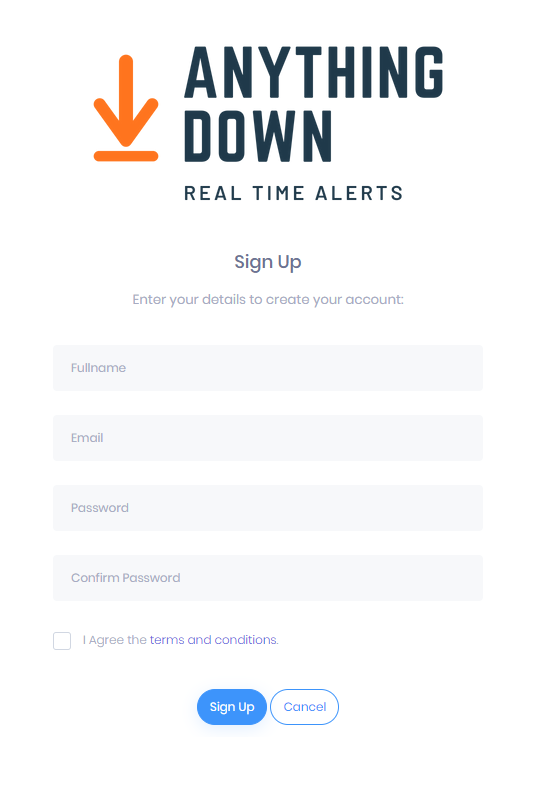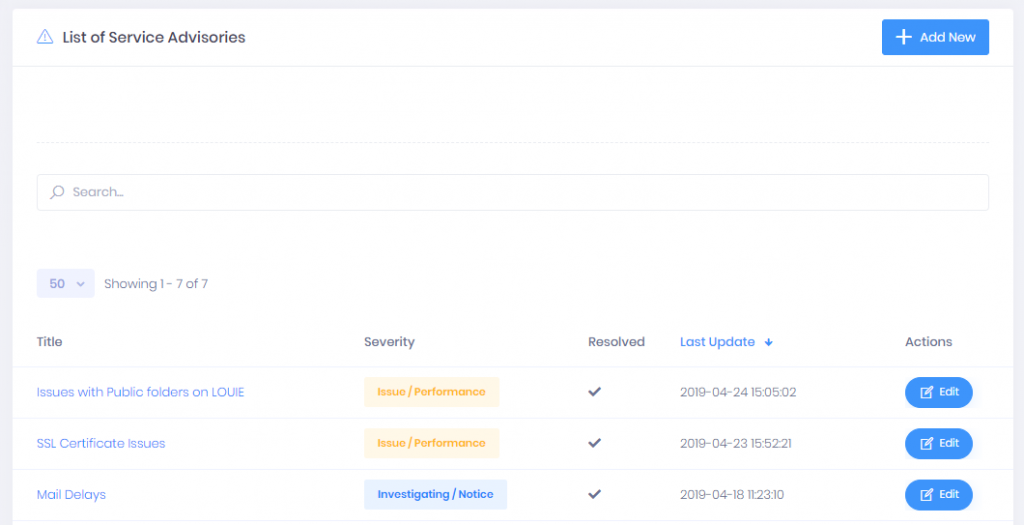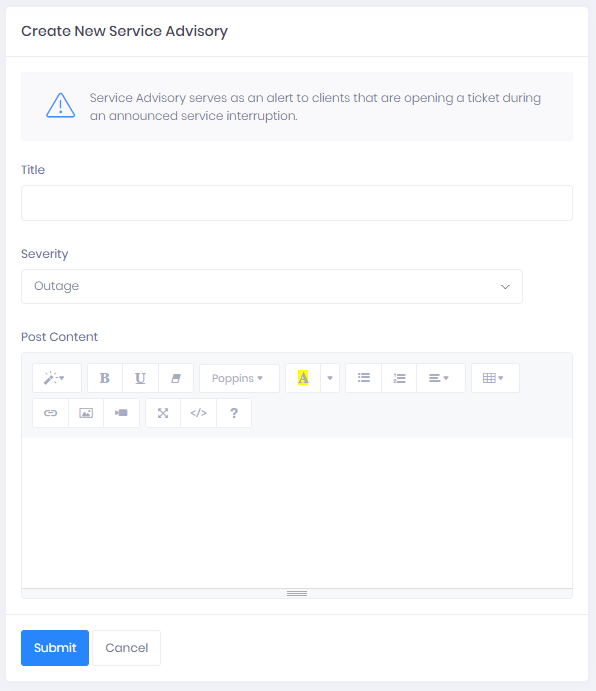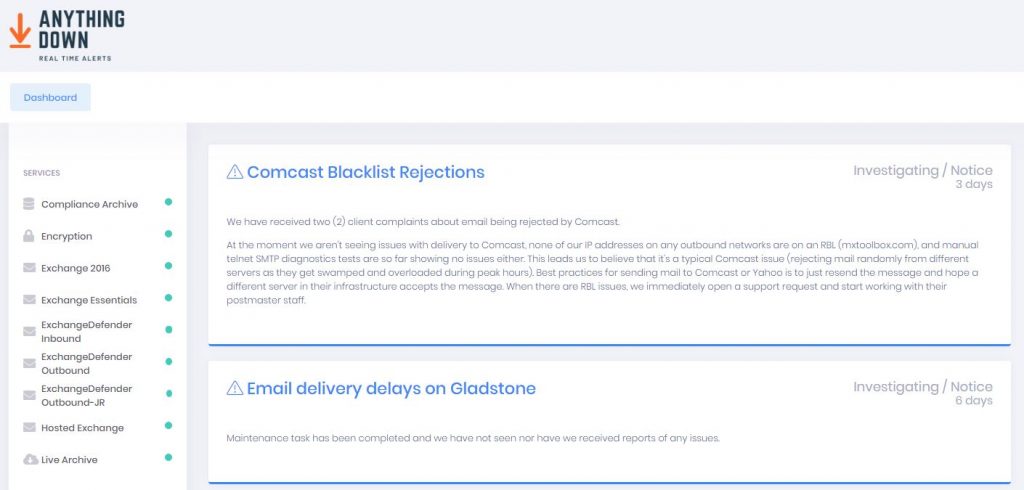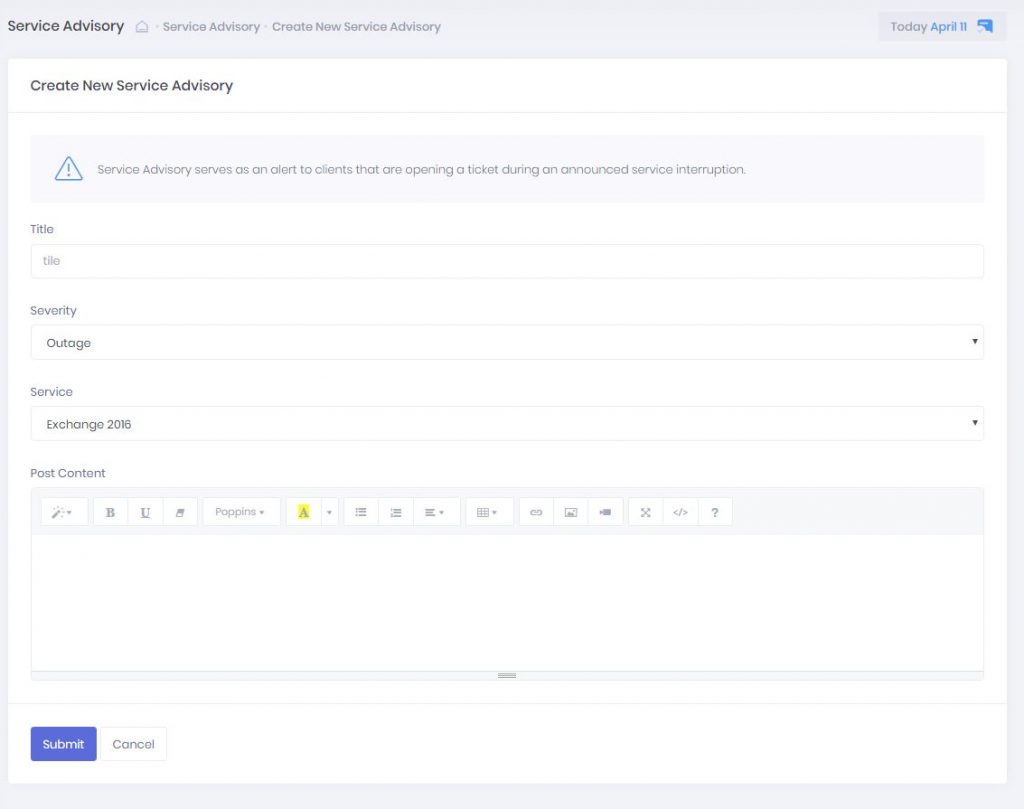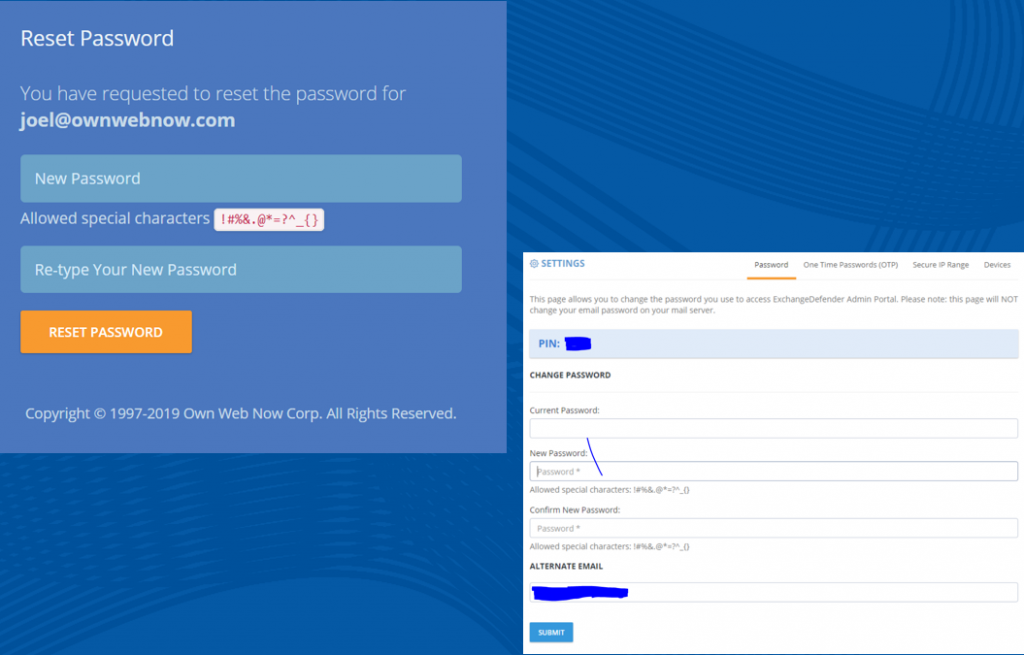How to Report Phishing Emails in Outlook: A Step-by-Step Guide
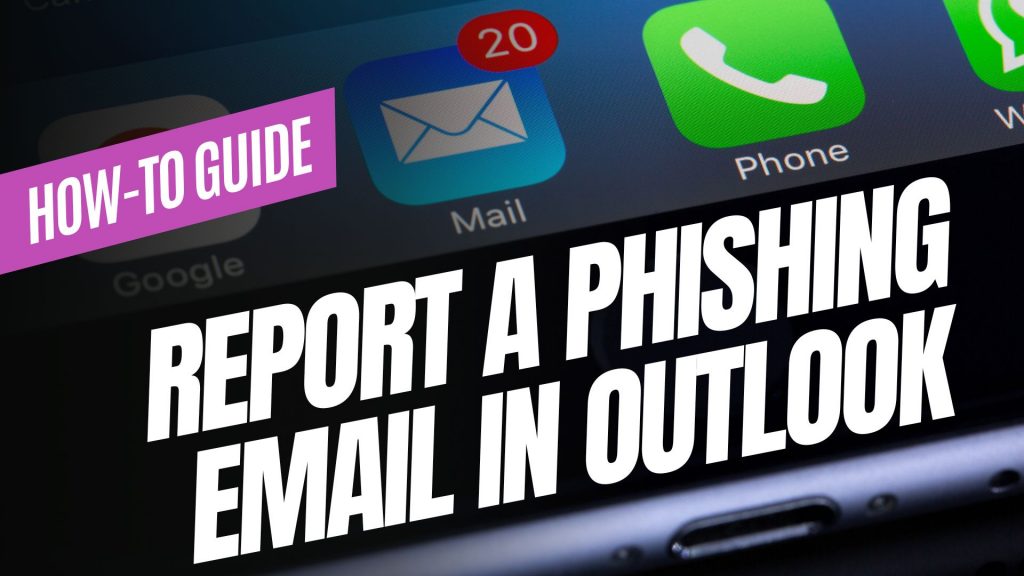
Phishing emails are deceptive messages designed to trick you into revealing personal information or installing malicious software. Reporting these emails helps protect your account and assists in improving Microsoft’s security measures. Here’s how you can report phishing emails in Outlook:

For Outlook on the Web (Outlook.com):
- Sign In: Log into your Outlook.com account.
- Select the Email: In your inbox, click the checkbox next to the phishing email you wish to report.
- Report as Phishing:
- At the top of the message list, click on the “Report” button.
- From the dropdown menu, select “Phishing”.
- Confirmation: The email will be moved to your Junk Email folder, and Microsoft will be notified to enhance their spam filters.

For Outlook Desktop Application (Windows):
- Open Outlook: Launch the Outlook application on your computer.
- Select the Email: In your inbox, click to highlight the phishing email.
- Access the Report Feature:
- Navigate to the “Home” tab in the ribbon at the top.
- Click on the “Report” button. If you don’t see this option, you may need to add the “Report Phishing” add-in:
- Click “Get Add-ins” in the ribbon.
- Search for “Report Phishing” and click “Add.”
- Report as Phishing:
- After adding the add-in, select the phishing email again.
- Click “Report” in the ribbon, then choose “Phishing.”
- Confirmation: The email will be moved to your Junk Email folder, and Microsoft will receive a report to improve their spam filters.
For Outlook Mobile App (iOS and Android):
- Open the App: Launch the Outlook app on your mobile device.
- Select the Email: Tap on the phishing email to open it.
- Access More Options:
- Tap the three-dot menu (⋮) at the top right corner of the email.Microsoft Support
- Report as Junk:
- Tap “Report Junk.”Microsoft Support
- Choose “Phishing” from the options provided.Microsoft Answers+1Gettysburg College+1
- Confirmation: The email will be moved to your Junk folder, and Microsoft will be notified to enhance their spam filters.
Source: Microsoft Support
Is That PayPal Email Real? How to Spot a Phishing Scam

PayPal is a convenient way to send and receive money online, but it’s also a popular target for scammers. PayPal phishing scams aim to trick you into handing over your login details or other sensitive information, potentially leading to financial loss and identity theft. At ExchangeDefender, we’re committed to helping you stay safe online, so let’s break down how these scams work and, more importantly, how to avoid them.
How PayPal Phishing Works
Imagine receiving an email that looks exactly like it’s from PayPal. It uses the familiar logo, branding, and even sounds official. The message might say there’s been unauthorized activity on your account, that your account has been limited, or that you need to update your information. It creates a sense of urgency, urging you to act quickly.
This is the core of a phishing scam. The email contains a link that leads to a fake website designed to mimic the real PayPal login page. If you enter your username and password on this fake site, the scammers instantly capture your information and can use it to access your real PayPal account.


Common Red Flags to Watch Out For:
- Unexpected Emails or Messages: Be suspicious of any unsolicited communication claiming to be from PayPal. Legitimate companies rarely ask for sensitive information via email or text.
- Urgent or Threatening Language: Scammers often use language that creates a sense of panic, such as “Your account will be suspended” or “Immediate action required.”
- Suspicious Links: Hover your mouse over any link without clicking to see the actual URL. Look for misspellings, unusual characters, or domains that don’t match PayPal’s official website (www.paypal.com).
- Generic Greetings: Phishing emails often use generic greetings like “Dear Customer” instead of your name.
- Requests for Personal Information: PayPal will never ask for your password, bank account details, or credit card numbers directly in an email.
Protecting Yourself: Practical Tips
Here are some simple but effective steps you can take to protect yourself from PayPal phishing scams:
- Never Click Links in Suspicious Emails: Always go directly to the PayPal website by typing www.paypal.com into your browser’s address bar. This ensures you’re on the legitimate site.
- Check the Sender’s Email Address: Carefully examine the sender’s email address. Look for any misspellings or unusual characters. Legitimate PayPal emails usually come from addresses ending in @paypal.com.
- Enable Two-Factor Authentication (2FA): 2FA adds an extra layer of security to your account by requiring a second form of verification, such as a code sent to your phone.
- Be Wary of Attachments: Avoid opening attachments from suspicious emails, as they may contain malware.
- Report Suspicious Activity: If you receive a suspicious email or message, forward it to phishing@paypal.com.
ExchangeDefender: Your Partner in Cybersecurity
At ExchangeDefender, we’re dedicated to providing comprehensive cybersecurity solutions to protect you from online threats. While we can’t prevent every phishing email from reaching your inbox, we can empower you with the knowledge and tools to identify and avoid them. By staying vigilant and following these tips, you can significantly reduce your risk of falling victim to a PayPal phishing scam.
Protect Yourself from Cyberattacks: Simple Tips for Everyday Users

In today’s digital world, cyberattacks are an ever-present threat. From phishing emails and malicious websites to ransomware and data breaches, online dangers lurk around every corner. But don’t worry, you can take simple steps to protect yourself and your devices.
1. Strong Passwords are Your First Line of Defense:
- Create unique and complex passwords: Avoid easy-to-guess passwords like “password123” or your birthday.
- Use a password manager: A password manager can generate and securely store strong, unique passwords for each of your online accounts.
- Enable two-factor authentication (2FA): This adds an extra layer of security by requiring a second form of verification, such as a code sent to your phone, in addition to your password.
2. Be Wary of Suspicious Emails and Links:
- Hover over links before clicking: Check the actual URL of the website before clicking on any link in an email.
- Be cautious of unsolicited emails: If you receive an unexpected email, especially one asking for personal information, be suspicious.
- Don’t open attachments from unknown senders: Attachments can contain malware that can infect your device.
3. Keep Your Software Updated:
- Install software updates promptly: Updates often include security patches that address vulnerabilities exploited by cybercriminals.
- Use reputable antivirus and anti-malware software: These tools can help protect your devices from malware and other threats.
4. Be Mindful of Public Wi-Fi:
- Avoid accessing sensitive information on public Wi-Fi networks.
- Use a VPN (Virtual Private Network) to encrypt your internet traffic.
5. Practice Safe Browsing Habits:
- Be cautious of websites that look suspicious or offer deals that seem too good to be true.
- Be mindful of what information you share online.
- Regularly review your online privacy settings.
Following these simple tips can significantly reduce your risk of falling victim to cyberattacks and protect your personal information. Remember, staying informed and practicing safe online habits are crucial in today’s digital world. For more information on cybersecurity best practices, visit the ExchangeDefender website.
5 security tips that every MSP should share with clients

There are tons of risk factors when owning a business, and one of the least prioritized is that of cybersecurity. Small businesses are the prime target for hackers because they have the least resources, and least awareness for the need for security. About 50% of all cyber-attacks target small businesses specifically because they are deemed as “soft” targets. Whether you land a new client or not, it is important for us as managed service providers to stress the importance of security by sharing tips on how to protect a business – no matter the industry.
Get protection (Security)
Many small businesses don’t have a dedicated IT person or department to handle the technology aspects of the business. The best advice is to find an affordable cyber security service that can provide protection against cyber threats such as phishing emails, viruses, and malware. Getting an enterprise-grade security suite will combat identity theft by blocking phishing and spoofing, by adding authenticity to your mail messages, and by eliminating worthless traffic from your inbox. A great email protection should be compatible with all major email service providers – including Office 365, on-premise Exchange, and G-Suite for Business. A managed service provider can provide a multi-layer approach to provide the strongest defense to protect your business.
Think before you click (phishing)
In 2020, the FBI named Phishing as the most common type of cybercrime to affect businesses, doubling from the years before. It is not that your employees are haphazardly clicking things in their email. (Although this happens occasionally too!) They are being duped by cleverly made emails presumably sent by reputable companies that we normally trust. What is important to note here is the trust factor – users become victim to phishing scams by emails that appear to be coming from amazon, google pay, and even Microsoft.
To combat Phishing, you’ll want to get Phishing protection – it is normally included in any enterprise-grade email security suite, like ExchangeDefender PRO.
Change your passwords (frequently)
You have heard this a million times, we know – but it is extremely important. We tend to use the same 4 or 5 passwords over and over for our login credentials. These weak passwords can have serious consequences for a small business, and is normally a precursor for a data breach.
The solution for this is simple, a password manager. A password manager is a secure, encrypted app that keeps tracks of your passwords for different websites so that you don’t have to remember them on the spot. A password management solution would allow you to create super strong passwords that are longer than eight characters, making them harder to guess, and even harder to hack.
Get encryption (keep your data secure)
As a corporate encryption provider, we fully understand that business have a hard time understanding the dire importance of securing their data. The way we pitch it is: would you still have a business if all of your company and client’s information got exposed to the public? We’re talking financial information, health information, business strategies. In most cases, our clients say ‘absolutely not!’. The main reason why businesses don’t use encryption is because they think it would be too hard to actually use, and to implement. The good news is that – this is simply not true! Protect your organization, and protect your customers, get encryption today.
Backup your data (emails, files, documents etc.)
Recent surveys revealed that 51% of businesses questioned had no disaster recovery plan whatsoever to combat the coronavirus. Do you have a backup plan? It is crucial that you Save, and store your data somewhere safe. Most companies without a business continuity plan who suffer a major data disaster go out of business within twelve months. All of your communications, your company emails – should be stored in a long-term, tamper-proof storage for compliance and backup reasons. Company files and word documents should be stored in the cloud, with unlimited storage and 24/7 secure access. You’ll want to sign up for a file sharing software for business that is affordable, and easy to use – we recommend Web File Server.
5 things every MSP website needs in 2021

In 2021, every business should have an online presence via a company website. We all use the internet as the first step to search for the products and services that we are interested in purchasing. What do you call a MSP business without a website? A technical disaster. Today, we have 5 major pro-tips that all MSPs should take into account when having their website. These casual tips will offer major benefits to you, and your prospective customer. Remember, keep it simple.
1 – Keep a secure website, and keep it updated.
We highly encourage that every MSP have their own website that showcases their business, and the services that they offer. Be sure that the website is clean in design, and straight to the point. Take note whether your site is showing as ‘secure’. Keep in mind that user experience is key in landing a new client. It’s great to have your own website, please ensure that the information is current. There is nothing worse than an interested client who contacts you with outdated material in hand.
2 – Market everything you offer on your home page.
Normally, the homepage of your website is the most visited page. It is the first place that the client lands on, and it also determines whether they visit other pages you have to offer. Focus on showcasing all the major services that you offer on your homepage. Keep it clean, and straight to the point to encourage them to explore further, or to give you call for more information. Your future client should be able to look at your homepage and know: who you are, what services you offer, and how to contact you.
3 – Display your contact information on everything!
We mean that, place your contact details on every webpage. When a client is exploring your website, and navigates to a secondary page, you want them to be able to see that there is an option to contact you readily available. What type of contact information should be displayed? Your business name, phone number, and office hours. You can also add your office address if you take clients for appointments. Adding an email address is always great, and a live chat option is even better!
4 – Add affiliate logos to your website
Hear us out on this one, the more credibility you can show your prospective clients, the better! For instance, adding an ExchangeDefender Partner Logo to your homepage displays that you are a certified vendor of our services. It also showcases that you are an expert in your field, that your business is in good standing, and is respected by other businesses. If you have other vendors that you are in partnership with, we suggest adding their logos as well. A visual display of trustworthiness will certainly help convince future clients to work with your business.
5 – Add Pricing, at least an offer a price range.
We know it may be difficult to display pricing for clients, especially because there are a range of factors that are in play. The reality is though, that a client is more likely to pursue the MSP who clearly shows their pricing, or at least provides a general estimate. Why? We naturally think something is more expensive when the price is not displayed. It’s hard to change that consumer mentality, however you can definitely improve your odds by showcasing actual numbers that the customer can relate to.
How does one accomplish this? Well, you can show your services in packages or a-la-carte, and simply put: starting at (enter $ amount) per user, per month. This quick tactic is a game-changer, because it tells the client whether they can afford your services or not, before actually making contact.
COVID-19: Cybersecurity Challenges Facing Small Business

Employees are suddenly finding themselves working remotely due to the current health crisis of the Coronavirus that is sweeping nations across the globe.
As we protect thousands of businesses from the drastic uptick of phishing emails and ransomware attacks claiming they are from verified sources, we have noticed new tactics that hackers are using to fraud employees working from home.
Here are our top 3 cybersecurity implications of working from home:
- The lack of authentication and authorization
There is an increased need for two-factor authentication, monitoring access controls and creating strong passwords. Managed Service Providers should encourage their clients and end users to add additional security safeguards.
We recommend changing your password every 90 days, and enabling OTP/2FA to improve your account security. To manage this for ExchangeDefender, view user guide. - Increased risk to cyber attacks
There’s an increase risk to attacks like phishing and malware, especially since employees will now likely receive an unprecedented amount of emails and online requests.
ExchangeDefender Phishing Firewall (EPF) automatically secures inbound mail by rewriting HTML links so they are forced through our firewall when you click on them in Outlook, Gmail, or any web-enabled email application.
To add a new web site to the Whitelist or Blacklist click on the + Add New button in your ExchangeDefender Admin portal. To learn how to manage this setting, click here! - Unsecured BYOD (Bring your own device)
Remote working can successfully widen an organization’s attack surface. Mainly due to employees who use their own devices for work can introduce new platforms and operating systems that require their own dedicated support and security. As a result of so many devices being used, it’s likely that at least some will fall through the security cracks.
ExchangeDefender Pro offers users a VPN server to connect to in a secure manner no matter where they go. Public Wifi hotspots tend to have questionable security at best and can be used to compromise a device that is connecting blindly across the Internet. Connecting your phone automatically to a VPN can assure that email access (and all the confidential data in the email) can never be snooped on.
Webinar Announcement: ExchangeDefender solutions will soon be available “a la carte” to clients. Attend our webinar on Tuesday, March 31st at 12:00 PM EST. Register Now!
ExchangeDefender PTR & RBL Whitelisting
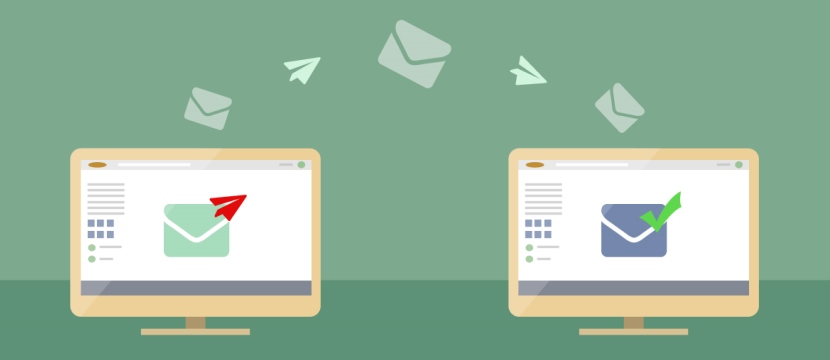
ExchangeDefender is opening a wider beta test of our whitelisting functionality, which allows IT Solution Providers to whitelist sender mail servers that have broken DNS (missing PTR, mismatched A/PTR records) and poor sender reputation (hosts listed on multiple RBL blacklists).
If you have a sender you would like to whitelist against these essential network tests, please open a ticket at support.ownwebnow.com with subject “Whitelist PTR/RBL: IP Address” and provide as much information in the ticket so we can accommodate this specific request. Only hard non-negotiable rejections to whitelist will be for unknown address space and dialup/consumer cable IP addresses (because due to their nature those are typically dynamically assigned address spaces that shouldn’t be relaying mail at all, they should be using their ISP mail server provided smarthost)
Requests will be reviewed and either approved (and enrolled) or rejected within 24 hours by our CSO.
Background: Inability to previously whitelist broken DNS and dynamic IP address space is rooted in our mission statement. We are here, beyond everything else, to help secure the email. We know our partners, IT Solution Providers, VARs, MSPs, etc do not have the skill set, the time to properly research underlying issues, enough data and statistical models to evaluate sender IP reputation, or even the incentive to discern how big of a security threat and compromise a specific IP address with broken DNS or poor reputation may pose to your client.
In fact, you pay us to worry about those things and keep your clients secure. But, sometimes clients like to think they know better than their technology experts, generally accepted security standards on the Internet, and ExchangeDefender. And the client is always right. But, when they get infected attachments, broadcast storm, password dumps, or other security compromises because they insisted on lowering their security – then ExchangeDefender is on the hook for securing them. And we don’t get to say “told you so” nor do we have any rapid means to fix the issue.
Since my retirement, all of those hard-line policies designed to keep clients safe beyond whatever “specific business case requirement” they may have, are slowly going away. Good news for the client, good news for the partners. Good news for us, because going forward we will start providing Email Security Engineering services – so when you get a security compromise or an usual issue and you’ve asked us to compromise your security – we will be able to address the issue on your behalf.
I choose to look at this as a positive – we will help our clients meet their business needs and get the mail they desperately need – and if something breaks we will be there to help assist with the cleanup (for a fee, of course). This, among many other service related things, is just the part of the ExchangeDefender being more responsive and service oriented when it comes to our clients demands as opposed to our expert opinion as a security policy.
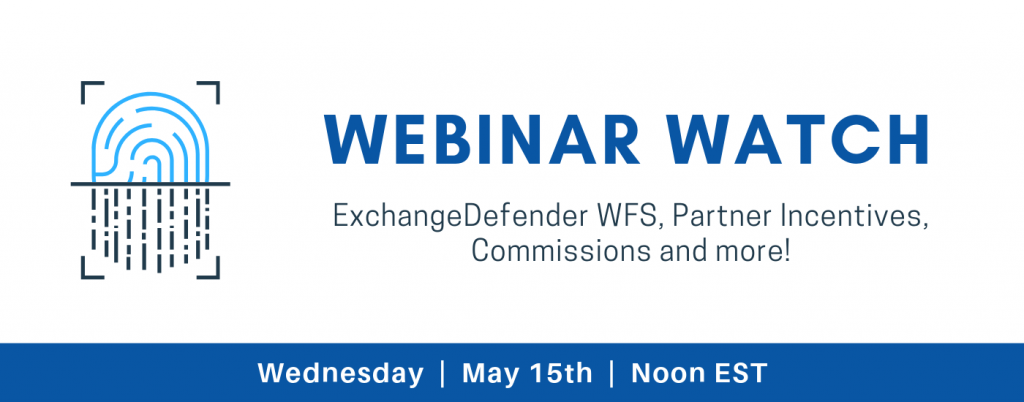
ExchangeDefender’s AnythingDown.com – See How It Works!
As promised in the last webinar, we’re moving as aggressively as possible to make sure our partners have as flexible of a tool as we can imagine to communicate with clients in the event of an IT catastrophe. Or, in our case, to further increase transparency and collaboration with all our ExchangeDefender service providers so you can get better insight into our network and when we’re dealing with a lot. That said, I believe that the product/service is now production ready and we’ve already tied it up in our ExchangeDefender Enterprise product so you’ll know as we know. 🙂
Remember, ExchangeDefender’s AnythingDown.com , or https://yourserviceproviderid.xdnoc.com – is your own brandable, real-time alert system that covers ExchangeDefender managed resources as well as your own custom defined events.
Let’s go on a little tour, shall we?
First, here is the nearly-final look of the site. It will of course feature your logo, your contact information, and your own services but you can see that there is now a sign in section as well as nested posts – so when something is updated it’s done so in-line and can be read normally (as opposed to just seeing the latest update and not knowing what it’s about at all).
Sign in screen is for you, just provide your service provider ID and password and you’re in your own portal.
As for your users that want real-time updates via email or RSS/blog, we have a signup page (I know, I know, it’s idiotic but GDPR and EU have put this obstacle in place where we need contracts and disclosures about signing up for an email list).
Once you’ve signed in as the service provider, you will have access to manage and create new service advisories. Just click on the Add New button in the upper right corner. If you’re managing a larger NOC and have a ton of fires going on (you’re among friends, #respect) you can also search current open advisories and make sure you update the correct one.
New advisory posting is pretty flexible and gives you actually quite a bit of power to include images, links, and other multimedia. As network geeks we’re used to plain text, ASCII, 80 columns across black on white kind of alerts but in the 21st century with lots of things going on sometimes you can throw out a quick alert with a screenshot of what’s going on rather than trying to document every single detail (for example, a cloud of daily network/ISP outages as an explanation why things are moving slow or getting delayed or buffered)
And of course, you can update every service advisory.
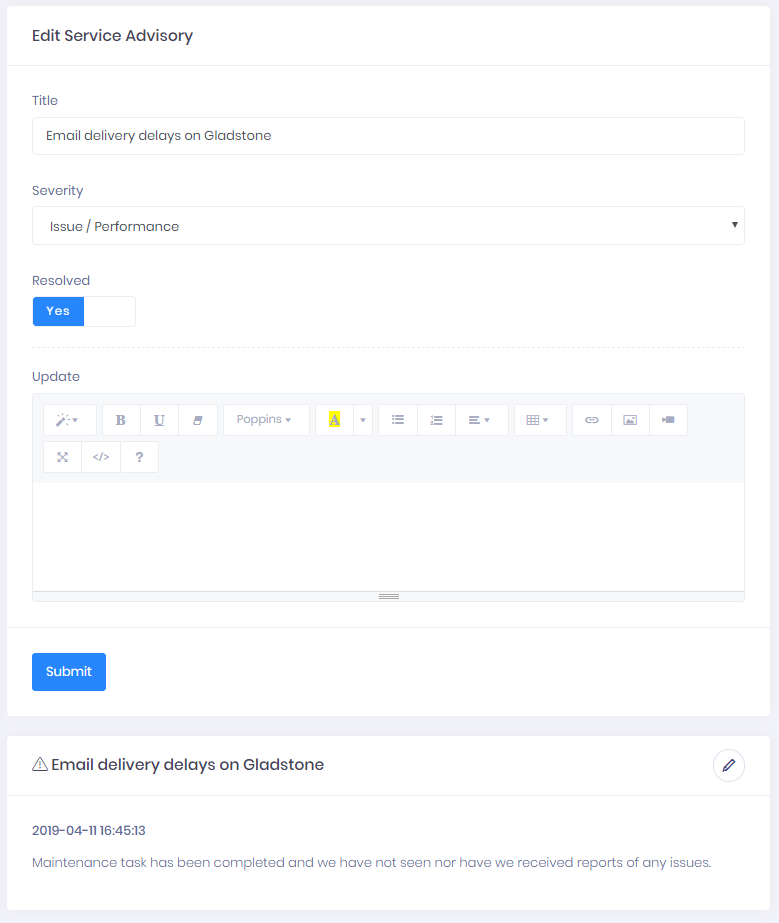
As mentioned last month, ExchangeDefender XDNOC </a> service is all about helping us work better with the people that pay us to help protect their networks and users. I have some rather personal thoughts on that subject, which will be a matter of another post. However, when you design software and when you serve as the gatekeeper, your primary responsibility to the people you’re protecting and waking up to keep safe every day is not just to keep things going but also to keep everyone aware of what is going on to improve things – because hackers don’t take days off.
Anything down? We’re improving our NOC and communications!
When things malfunction at other companies, they blame vendors and equipment. When things malfunction at ExchangeDefender, we build products and services so we never have to deal with the problem in the first place. As a result of a DDoS attack last month, I am happy to introduce you to our new service that will improve one area in which we undoubtedly suck the most: communication.
Say hello to AnythingDown.com:
It’s an offsite NOC alert site that’s branded for you.
At ExchangeDefender we do a pretty amazing job communicating and working with our partners, it’s actually our #1 selling point, that you can come to our offices and data centers, you can work with our team and get things done. But when something breaks, that same business friendliness and accessibility is an achilles heel – clients swamp the phones demanding to be briefed on every detail, “Friends of Vlad” call every staff cell phone they can find, the staff that is there to help/coordinate/assist in technical work cannot efficiently correspond and inform every user particularly when things go down and everything isn’t working as it should.
This is where ExchangeDefender XDNOC (aka “AnythingDown.com”) helps.
It’s off site. Doesn’t rely on our networks at all.
It’s on it’s own name space. Not dependent on our DNS/registrars.
It’s branded. Your name, your image, your message.
That last bit is pretty important – we realize that our larger clients have many employees that have never heard of ExchangeDefender, ditto for our partners that don’t want to reveal ExchangeDefender is behind their branded email offering.
Not to worry, your site is already branded and you have your own Service Provider XDNOC: https://<yourExchangeDefenderSPId>.xdnoc.com
It’s yours, it’s yours for free, and we’re just getting started. For the next week or two, the site will host ExchangeDefender content only as we add in the mechanism for RSS subscriptions, linking, SMS/txt alerts, and email notifications.
But this is just the beginning. As an ExchangeDefender subscriber you will have access to this site to tweak it as necessary and to add your own NOC alerts. That’s right, we’re not just building this for ourselves, we see it as a role of central accountability for everyone that relies on our services and all the services you use to deliver a solution. We all want to keep the client happy and informed and this will help out a lot towards that goal.
Our expectation is also to have our proprietary monitoring and alert feeds published on AnythingDown.com going forward so you can see or anticipate the issues that our infrastructure is seeing even before there are tickets or human confirmation of the problems. For many that will be way, way, way too much data but we feel it’s better to present it and get more eyes on it than hide it and hope it’s handled through automation or our staff activity.
In closing, I hope this helps. I know outages and service interruptions or performance issues or networking issues all suck, nobody wants them. They come with the territory and everyone knows it – so it’s not about technology malfunctions, it’s about your communication about the IT work that is done to make it as flawless as possible. We thank you for your business and for your continued support of ExchangeDefender that makes stuff like this possible.
Better Password Policies
ExchangeDefender has been SMB friendly – to a fault, but the era of terrible passwords and plain text passwords is finally over. Not a single piece of ExchangeDefender stores (or offers) user credentials in plain text anymore. We’ve made the transition exceptionally smooth as well, requiring no changes or IT intervention at all.
But we cannot encourage it enough. And over the next year you will see us introduce several features meant to help you lock down ExchangeDefender and use it to lock down your overall IT security strategy. We’re happy to introduce password age configuration that allows you to force users to reset their passwords automatically.
This setting can be accessed from the Domain Administrator > Policies > Features section of admin.exchangedefender.com
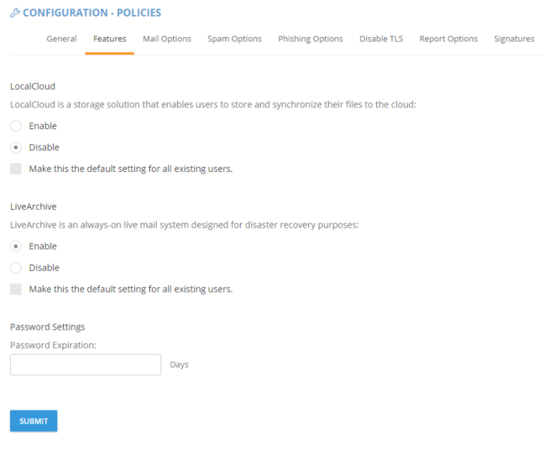 When the password is older than your preset number of days (by default, 90) the user will see an ugly red notice telling them to update their password.
When the password is older than your preset number of days (by default, 90) the user will see an ugly red notice telling them to update their password.
If you set the password expiration to 0 days you will turn this feature off entirely but we cannot discourage it more. The feature is there to help your users avoid having their accounts compromised.
If you implement some of these stronger security features we’ve also got you when it comes to minimizing account management – users can reset their password at any time if they have their PIN on them. So even if their mail server is down, having their PIN handy will let them reset the password without additional authentication. Forgot your pin? No problem, we can email you a reset link to a known email address.
As you can tell, ExchangeDefender will go the extra step of helping your users configure a strong password. It will also keep memory of recent passwords so that they can’t just rotate it back and forth between the same two passwords they use elsewhere.
As you’ve seen with mass password resets , access to advanced access logging , known trusted devices and IP restrictions , we are adding more, and more, of our enterprise features to the ExchangeDefender Pro product.
To hear about all these new security features in more detail please check out the webinar that covers our current security portfolio and how these features make sense.


